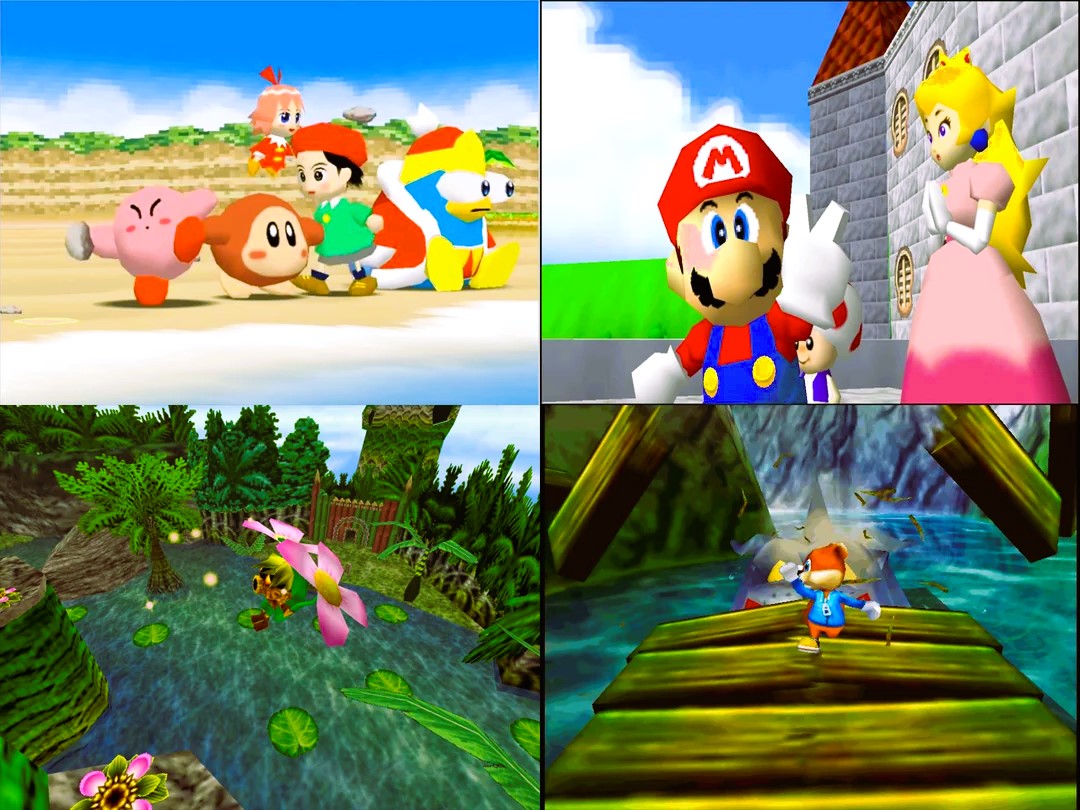From Pixels to Polygons: The History of 3D Graphics in Gaming
The evolution of 3D graphics in gaming has been nothing short of revolutionary, transforming the way we play, experience, and interact with video games. From humble beginnings with simple wireframe models to photorealistic environments and lifelike characters, the journey from pixels to polygons has been marked by technological innovation, artistic creativity, and a relentless pursuit of realism. In this article, we’ll explore the fascinating history of 3D graphics in gaming, tracing its origins, milestones, and future prospects.
1. The Early Years: Wireframes and Vector Graphics
The roots of 3D graphics in gaming can be traced back to the late 1970s and early 1980s, when early pioneers like Atari, Sega, and Nintendo began experimenting with wireframe and vector graphics. Games like “Battlezone” and “Star Wars” arcade set the stage for the future of 3D gaming, featuring rudimentary 3D environments and simple geometric shapes. While limited by the technology of the time, these early efforts laid the groundwork for the future of 3D graphics in gaming.
2. The Rise of 3D Acceleration
The 1990s saw a significant leap forward in 3D graphics technology with the introduction of dedicated 3D graphics accelerators and hardware-accelerated rendering techniques. Companies like 3dfx Interactive, Nvidia, and ATI Technologies pioneered the development of graphics processing units (GPUs) and 3D rendering pipelines, enabling developers to create more immersive and visually stunning 3D worlds. Games like “Quake,” “Tomb Raider,” and “Final Fantasy VII” showcased the power and potential of 3D graphics in gaming, pushing the boundaries of what was possible in terms of visual fidelity and realism.
3. The Era of Console Gaming: PlayStation, Nintendo 64, and Beyond
The mid to late 1990s also saw the rise of 3D graphics in console gaming, with the release of groundbreaking consoles like the Sony PlayStation and Nintendo 64. These consoles introduced a new era of gaming with fully realized 3D worlds, polygonal characters, and cinematic cutscenes. Games like “Super Mario 64,” “Metal Gear Solid,” and “The Legend of Zelda: Ocarina of Time” set new standards for 3D gaming, captivating players with their immersive worlds and engaging storytelling.
4. The Dawn of Realism: Photorealistic Graphics and Motion Capture

As technology continued to advance, developers began to push the boundaries of realism in gaming with the introduction of photorealistic graphics and motion capture technology. Games like “Half-Life 2,” “Uncharted 2: Among Thieves,” and “The Last of Us” raised the bar for visual fidelity and storytelling, blurring the line between reality and virtuality. With advancements in rendering techniques, lighting effects, and character animation, developers were able to create lifelike environments and characters that rivaled the quality of Hollywood films. Nostalgia and rediscovery of classics, read more in the article The Legacy of Retro Games.
5. The Future of 3D Graphics: Virtual Reality and Beyond
Looking ahead, the future of 3D graphics in gaming holds even greater promise with the emergence of virtual reality (VR) and augmented reality (AR) technologies. With VR headsets like the Oculus Rift, HTC Vive, and PlayStation VR, players can immerse themselves in fully interactive 3D worlds like never before, experiencing games in a whole new dimension. As technology continues to evolve, we can expect to see even more groundbreaking advancements in 3D graphics, pushing the boundaries of what is possible in gaming and beyond the best Minecraft server hosting.
Conclusion
In conclusion, the history of 3D graphics in gaming is a story of innovation, creativity, and technological advancement. From the early days of wireframe models to the photorealistic environments of today, the journey from pixels to polygons has transformed the gaming landscape and forever changed the way we play and experience video games. As we look to the future, the possibilities for 3D graphics in gaming are limitless, promising even more immersive, realistic, and captivating experiences for players around the world.
Source: IGN – Video Game Reviews, News, Trailers, and Walkthroughs


